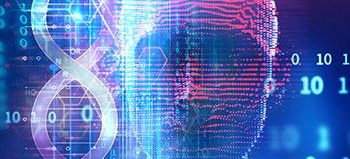1. Introduction to Primary Cells
Primary cells are cells derived from a living organism that can be used for scientific research. These cells have the unique properties of being able to replicate and differentiate, allowing them to be used for a variety of scientific purposes. Primary cells have many advantages over cell lines, such as having a longer lifespan and being more representative of the organism from which they are derived. Primary cells can be used in research to study a variety of topics, including cell differentiation, disease, and drug development.
2. Preparing Primary Cells
Preparing primary cells for use in research requires several steps. First, the cells must be obtained from a human or animal donor. Depending on the type of cells needed, the donor may need to be tested for certain diseases or conditions that could affect the cells. After the cells are obtained, they must be cultured in the appropriate medium, often supplemented with growth factors and other nutrients. This allows the cells to grow and remain viable.
Once the cells are cultured, they must be checked for viability and purity. They must also be tested for any potential contamination. Finally, they must be stored in an appropriate medium, such as liquid nitrogen or specialized cell-culture freeze media, until they are ready to be used.
3. Primary Cell Characterization
Primary cell characterization is the process of analyzing the behavior and characteristics of a primary cell in vitro. This can include things such as studying the cell’s morphology, growth properties, metabolism, proliferation, and differentiation potential. By understanding the properties of the cell, researchers can gain a better understanding of the processes involved in the cell’s development and how they may be altered by external factors. This knowledge can then be used to develop treatments and therapies to treat various diseases or conditions.
4. Applications of Primary Cells
1. Drug Screening – Primary cells are used to test the efficacy and toxicity of drugs in development, aiding drug discovery and development.
2. Disease Modeling – Primary cells can be used to model and study diseases, allowing researchers to gain insight into the underlying mechanisms of the disease.
3. Cell Therapy – Primary cells can be used in cell therapy applications, such as the generation of immune cells for immunotherapy.
4. Tissue Engineering – Primary cells can be used to engineer tissue for therapeutic and research applications.
5. Cell Culture – Primary cells can be used for cell culture, allowing researchers to study the behavior and characteristics of specific cell types.
5. Challenges with Primary Cells
Primary cells are difficult to work with in research due to the fact that they are difficult to culture, are finicky and prone to contamination, and are difficult to obtain. Additionally, primary cells do not typically survive for long periods of time in culture and may require specialized equipment and expertise to work with. Finally, primary cells are often expensive and may require specialized handling and storage to ensure their viability.
Conclusion for “Primary cells industry”
The future of the primary cells industry looks promising. With advances in technology, the ability to produce high-quality cells with greater efficiency is becoming increasingly possible. Additionally, the development of new methods such as gene editing and 3D printing will open up new avenues of research and allow for the production of even more advanced and effective cells. As the industry develops, it is likely that the use of primary cells will become more widespread and will have a profound impact on the healthcare and biotechnology industries.
Discover More @ Primary Cells Market Insights, Trends | Industry Report, 2025
